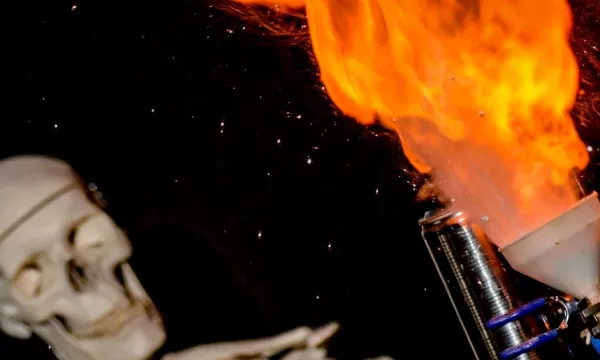
How My Body Works
This active show explores the lungs, pump blood with a model heart, and how our bodies know when it's time to use the toilet!
Recommended for: KS2 (7-11)
Partially accessible
Studio show

This active show explores the lungs, pump blood with a model heart, and how our bodies know when it's time to use the toilet!
Partially accessible
Studio show